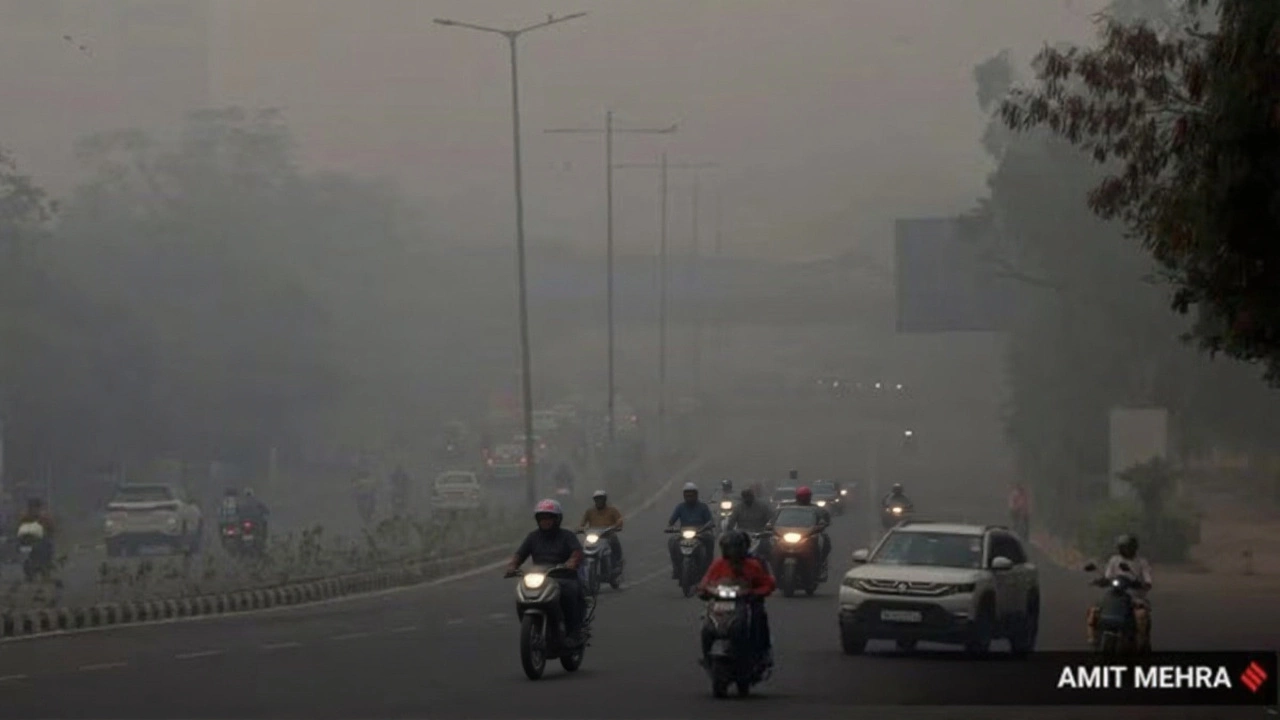CPCB – Your Guide to India’s Pollution Control Landscape
When talking about CPCB, the Central Pollution Control Board, the government agency that monitors and regulates environmental quality in India. Also known as Central Pollution Control Board, it works hand‑in‑hand with Air Quality Monitoring, a network of stations measuring pollutants like PM2.5, PM10, NO₂ and SO₂ across cities and towns and with Emission Standards, rules that set legal limits for pollutants released by industries and vehicles. Together they form the backbone of India’s fight against pollution.
One of the core jobs of CPCB is to collect real‑time data from the air quality monitoring network and turn those numbers into action. When CPCB sees a spike in PM2.5, it can issue an advisory, ask factories to curb emissions, or launch a public awareness campaign. This direct link between monitoring and enforcement is what makes the board effective. The board also sets emission standards that dictate how much carbon monoxide, sulfur dioxide, and particulate matter a power plant or a vehicle can release. These standards are regularly updated to match international best practices and the latest scientific findings.
Water pollution control is another pillar of CPCB’s mission. The board oversees the quality of rivers, lakes, and groundwater by testing for heavy metals, chemical oxygen demand, and biological contaminants. When a river’s health drops below safe levels, CPCB works with state pollution control boards to identify the sources—often untreated industrial effluents or agricultural runoff—and to enforce compliance. This water‑focused work ties back to public health: cleaner water means fewer disease outbreaks and healthier communities.
Beyond air and water, CPCB plays a role in solid waste management and noise pollution. The board issues guidelines for landfill design, promotes recycling, and conducts noise level surveys in urban hotspots. By setting clear benchmarks and providing technical assistance, CPCB helps local authorities meet the needs of growing cities while keeping pollution in check. The board’s data‑driven approach also feeds into national policies like the National Clean Air Programme, which aims to cut PM concentrations by 20‑30% by 2024.
In the list below you’ll find a mix of articles that touch on CPCB’s latest reports, new emission standards, city‑wise air quality updates, and practical steps you can take to stay informed. Whether you’re a student, a policy geek, or just someone who wants to breathe cleaner air, these posts give you a front‑row seat to how CPCB shapes India’s environmental future.

Delhi's AQI tops 400 on Nov 28, 2024 as crop burning, stagnant winds and traffic haze trigger Stage IV restrictions and a spike in respiratory cases.




